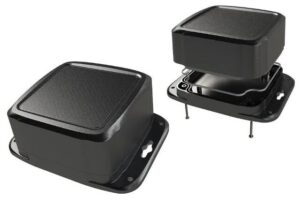
Waterproof Enclosure Design: Seals, Gaskets, IP Ratings
Waterproof enclosure design is one of the most critical aspects of protecting electrical and mechanical systems in real-world environments. Whether it’s an outdoor sensor, a
We regularly update articles related to the manufacturing industry.

Waterproof enclosure design is one of the most critical aspects of protecting electrical and mechanical systems in real-world environments. Whether it’s an outdoor sensor, a
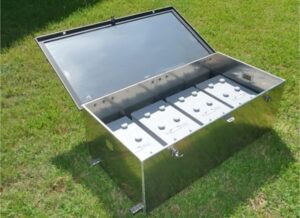
Battery enclosures protect energy systems from heat, vibration, and harsh environments. They also ensure electrical safety and consistent performance across years of operation. As industries
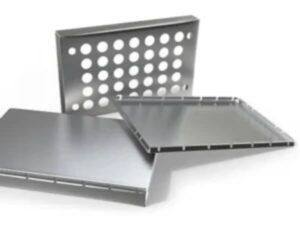
As electronic and power systems become smaller yet more powerful, controlling heat inside sheet metal enclosures has become a significant engineering challenge. Even a moderate
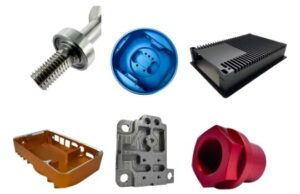
For most projects, the practical choices come down to three types of enclosures: die-cast, sheet metal, and CNC-machined. Each one can produce strong, reliable parts, but each behaves differently in precision, durability, thermal performance, cost structure, and scalability. There is no single “best” option. The correct answer depends on your environment, geometry, volume, and lifecycle.
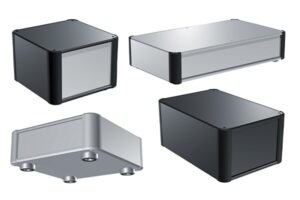
The sheet metal enclosure style has a significant impact on the product’s performance in the field. Each structure alters its strength, airflow, EMI behavior, and
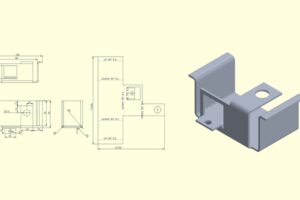
Modern sheet metal prototyping depends on a close link between design and manufacturing. 3D CAD file compatibility is at the center of this process. It
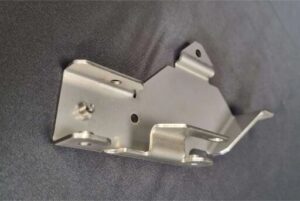
“Fast turnaround” refers to the speed at which a manufacturer can deliver a finished prototype after receiving the design file. In sheet metal fabrication, this speed depends on several factors — such as design complexity, part size, and material type. Simple laser-cut parts made from stocked materials can often be finished within two to three days.
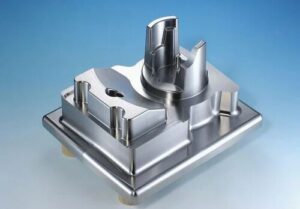
A mold mainly shapes molten or soft materials into a set form. Common examples include injection molding and casting. A die, in contrast, is used to cut, stamp, or shape sheet metal accurately. Both tools help create products efficiently, but work with different materials and methods.
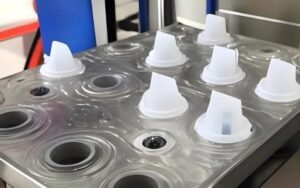
Rubber injection molding is a process that uses heat and pressure to shape rubber into finished parts. It starts with raw rubber, usually in strips or pellets. These are fed into an injection unit where they are heated until soft and pliable. Once ready, the rubber is injected into a closed mold under high pressure. The mold cavity is shaped to match the final part.
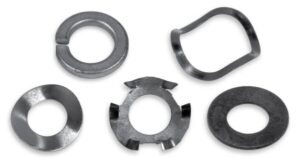
A washer is a small but essential part of mechanical assemblies. It is a thin, flat plate with a hole in the center that fits around a screw, bolt, or nut. Washers help fasteners connect surfaces more effectively. They spread out the force from tightening, reduce wear, and keep joints secure over time.
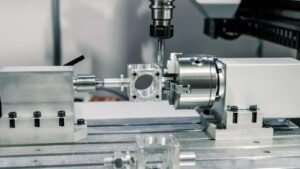
Ultra precision machining is a process that produces parts with extremely tight tolerances, often in the micron or even sub-micron range. To put this in perspective, a micron is one thousandth of a millimeter. Traditional machining allows for small deviations, but ultra-precision machining keeps these deviations almost nonexistent. This ensures parts fit perfectly, move smoothly, and perform reliably.

Tensile stress is the force applied to a material divided by its cross-sectional area. It shows how much pulling force acts on each unit of area. The standard units are pounds per square inch (psi) or megapascals (MPa). When the stress reaches a material’s tensile strength, the material will break.
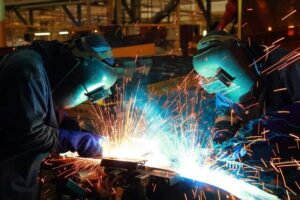
Fabrication joins and shapes metal parts using cutting, bending, and welding methods. Machining removes material from a solid block using tools like mills or lathes. Fabrication works well for large or complex assemblies, while machining is better for small, precise parts. Sometimes, the two methods overlap, but each has its own strengths.
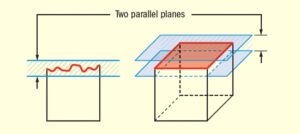
Flatness in GD&T shows how close a surface is to being perfectly even across all points. It controls how much a surface can vary in height. Flatness sets a tolerance zone made of two parallel planes to do this. The surface of the part must stay between these two planes. This prevents bends, waves, or bumps that could cause trouble during assembly.
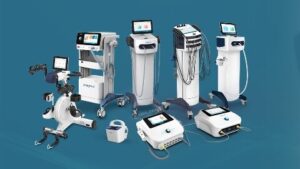
A Medical Device Original Equipment Manufacturer (OEM) is a company that designs and makes medical devices for other businesses. They do not sell products under their own brand. Instead, they handle the technical and production work needed to deliver a product ready for the market. OEMs can support early-stage development, prototype testing, regulatory compliance, and large-scale manufacturing.
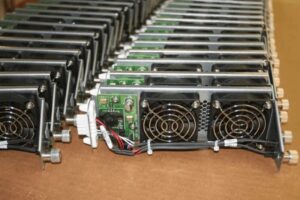
Value added assembly goes beyond simply putting parts together. It is a process that combines several steps into one service. Instead of sending parts to different vendors for sub-assembly, wiring, fastening, or packaging, one provider handles everything under the same roof. This reduces handoffs and keeps production flowing smoothly.
We will contact you within 1 working day, please pay attention to the email with the suffix”@goodsheetmetal.com”